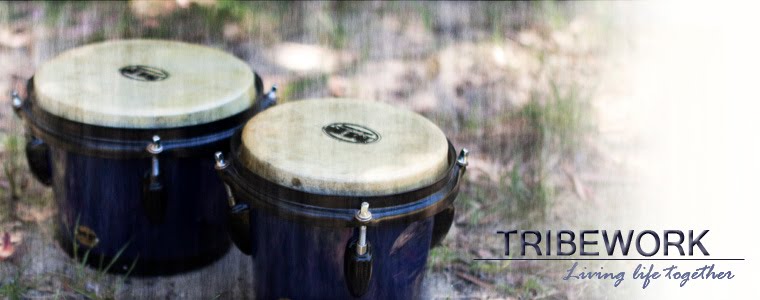IN A fictitious village in Africa
lives a farming family very representative of many farming families in poverty
stricken regions in the world. Jamu is a pre-teen girl who is hungry, typically
sick with fever, and unable to read or write. She would love an education, but
must stay at home to help her mother who has to walk two kilometres twice daily
to draw water.
Somi is a little better off
compared with his older sister; at least he goes to school — well, that is
until he’s too sick to go. He’s had four life-threatening cases of diahorrea in
the past year. You see, the whole village relies on water sources that are at
the root of the disease and ill-health in the town. There is one good well in
town, but the person who manages it limits access to the best water for fear
that the pump will break down.
Mathu, father of Jamu and Somi and
their two siblings, is husband to Kayla. She battles to manage the logistics of
the home to keep the family alive. Mathu works hard on the farm, but yields get
lower and lower each year because deforestation in the region has led to the once
nutrient-rich top soil to be frequently washed away due to torrential season
rains. The whole family constantly battle fatigue.
The teacher at the local school,
Aruna, battles with the 50 percent attendance at school and is frequently not
able to make school himself as he needs additional work to survive — the school
can’t afford to pay him more than a pittance.
Michael is the Minister for
Regional Affairs and Infrastructure in the government of the country and would
love to help, but his poor country has little influence brokering competitive
deals for infrastructure for the country in a global market. His government
isn’t corrupt as much as it’s limited by true economic factors.
Jompa is a local product who’s been
fortunate enough to get an education as an agriculturalist — he knows the root
of the problem is the cutting down of trees for wood to burn. Electricity would
address this town’s poverty concerns, but who could possibly afford to set up
that infrastructure?
Josephine has moved away from town
into the city and is proud to make T-shirts of such quality they’re exported to
America and Australia and are sold for over $50 a piece — but she’s paid less
than a hundredth of that. She battles to make ends meet and still sends a
little back to her family in her home village.
***
The poor (those that live on less
than $1.25 a day) have a radically different experience of life and worldview
as compared with us Westerners.
Poverty is a complex problem. It’s
an injustice problem, not an incompetence problem. The poor have wisdom, hopes
and dreams and are active as they can be in trying to improve their lot. But
their livelihoods and assets are precarious, seasonal and inadequate. Their
capabilities are compromised by a lack of information, education, skills and
confidence. Their institutions are disempowering and exclusionary. Their
organisations are weak and disconnected. Physically they’re hungry, exhausted,
sick, and they also suffer from a lack of self-esteem because of their
appearance. They’re often abused and disregarded by the more powerful. They
live in isolated, unserviced, risky and stigmatised areas. They lack sense of
security and peace of mind. Gender polarisations are troubling and marked.
Where Innovation Comes In
The goals of international development,
very broadly speaking, are to make a high positive impact and achieve sustainability.
Poverty is a complex system any way
we look at it. The first steps that those into international development are
looking to do are to analyse the problem, the consequences, and the causes — to
really understand the dozens of factors that must be taken into account if
solutions are to be not only helpful, but of true benefit over the long term.
Then it’s about determining the
assets that a community might draw upon to solve their own problems for the
longer term.
***
The good news on the global stage
is we’re winning the battle to end poverty!
In 1990 12.7 million children died
before they reached five years of age. In 2015, that figure is six million. And
whilst that figure is six million too many, there is much to be encouraged by
that the strategies to halve poverty in this quarter century have been
achieved. But, of course, there’s still more work to do.
It’s good to end with hope. Making
poverty history in our time is not only possible, but likely. How good is God
that when we dignify the poor, believing they can solve their own problems with
our advocacy against their injustices, he makes a way for them to climb into
the stratosphere of living hope — a future they believe for; for their children
and grandchildren.
But we can never get complacent. If
poverty is an injustice issue, even if we end poverty, it may easily reappear,
as has slavery. We must be generous supporters and avid advocates, finding a
way of making a lattice of good intentions woven through wise practices, in
making maximum positive and sustainable impact.
***
Acknowledgement: this article was inspired by a Maximum Impact wonderfully
engaging workshop I attended run by Scott Higgins of Baptist World Aid
Australia, organised by Dushan Jeyabalan, on November 18, 2015, in Perth,
Western Australia. All of the content in this article was discussed at this
workshop. Graphic above is from Baptist World Aid Australia.


No comments:
Post a Comment
Note: Only a member of this blog may post a comment.